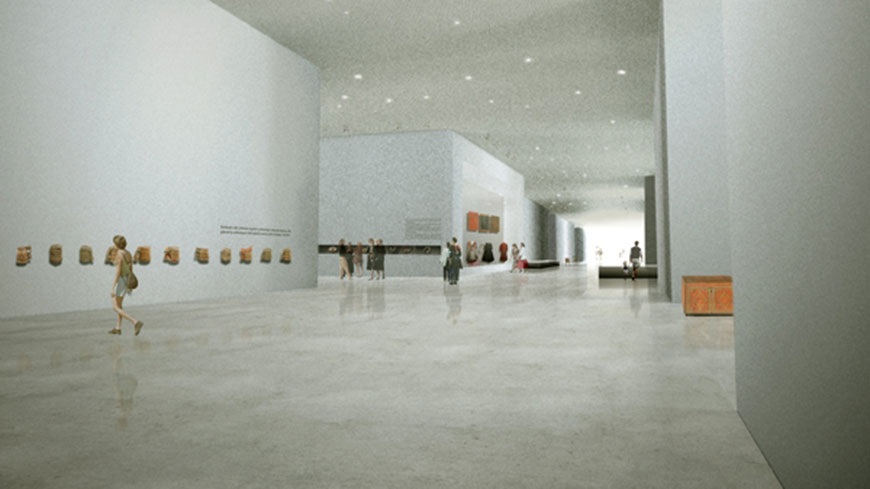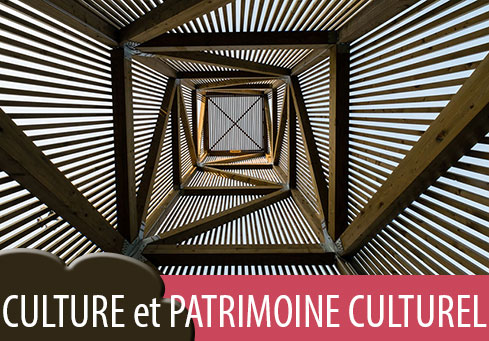Since the Estonian National Museum building was repurposed by the Soviet army during the World War II, many of its collections of Ugro-Finish culture have been silently waiting to tell their story. Numerous artefacts, works of art and everyday items witnessing the folk culture and everyday life of early Estonian communities have been kept away from the public eye for decades. In October 2016, the museum finally reopened its doors to make its treasures available to everyone again – in a completely revamped setting.
Using the latest digital technology, the newly opened museum has offered an interactive experience with Estonia’s past. Over a century old collections of Ugro-Finish art and culture are now showcased through 600 electronic paper displays, whose features help visitors explore details about featured items more easily. With the ability to customize the display language or hear the narration in their native tongue using radio frequency identification (RFID) tickets, the visitors can better understand the history and traditions of Estonia. However, the advantages of using electronic paper displays go beyond the enhanced experience for visitors. These innovative resources also allow for a more effective use of power, which makes the building more sustainable.
Of course, there is also the unique modern flare to the interior which simply calls for interaction. By blending high tech resources with ancient knowledge, the museum helps reinterpret Estonia’s old narratives and highlight their value for the modern audience. This approach has opened an important dialogue that not only enhances the understanding of Estonia’s past, but also makes it more relevant to contemporary visitors. As suggested on the museum’s website, the building is set to become “the generator and developer of cultural dialogue which links the past and the future,” and also the centre of ethnological research to help recording, researching and interpreting culture as a way of life.
Located on the edge of Tartu, the museum is looking to attract a greater number of both tourists and local visitors who wish to learn more about Estonia’s culture and heritage. Its inviting new style that reflects innovation, while preserving the spirit of old times, is a powerful medium to pass on traditional knowledge. In this setting, the audience is welcomed to explore both permanent and temporary exhibitions through interactive displays, themed activities and, above all, remarkable stories that have finally got to be retold.




